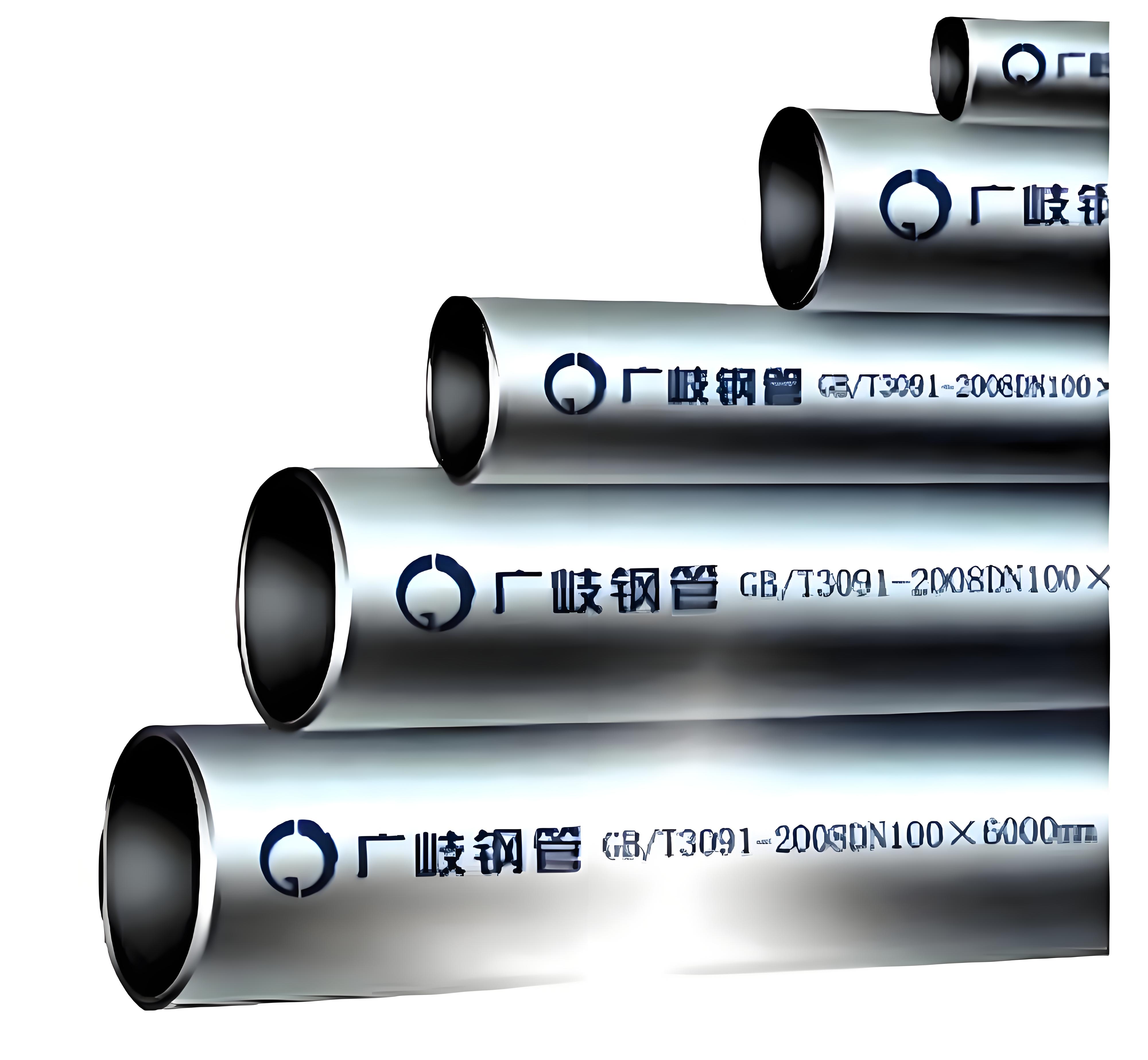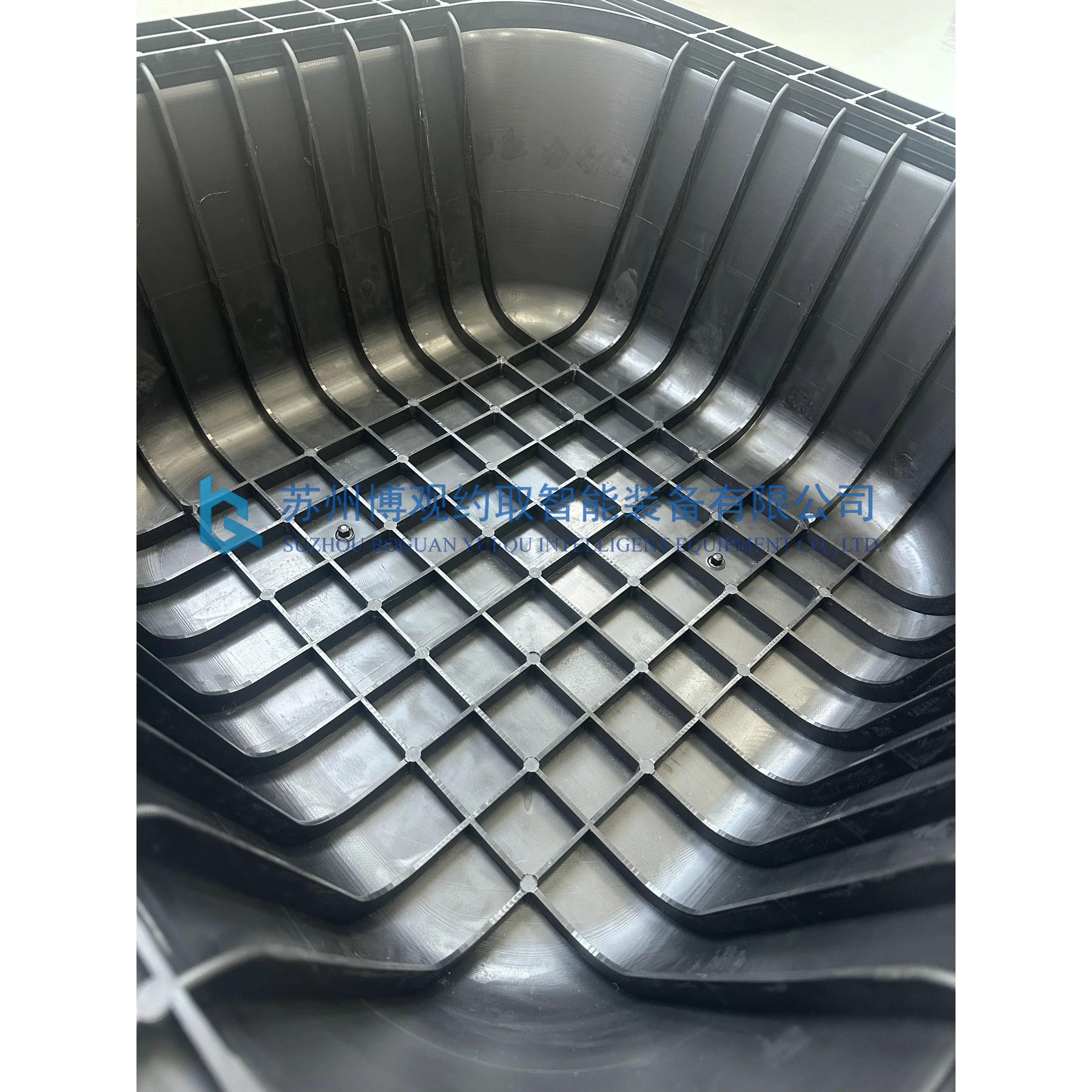When it comes to constructing energy-efficient buildings, understanding the role of vapor barriers in slab insulation is crucial. A common question that arises among builders, architects, and homeowners alike is: Does the vapor barrier go above or below slab insulation? This inquiry is not merely academic; it has significant implications for moisture control, energy efficiency, and the longevity of the structure. In this article, we will delve into the intricacies of vapor barriers, their placement, and the factors influencing this decision.
The Role of Vapor Barriers
A vapor barrier is a material designed to resist the diffusion of moisture through walls, ceilings, and floors. Its primary function is to prevent moisture from penetrating into the building envelope, which can lead to mold growth, structural damage, and decreased indoor air quality. In the context of slab insulation, the placement of the vapor barrier is critical to achieving optimal performance.
Understanding Slab Insulation
Slab insulation is typically installed beneath a concrete slab to reduce heat loss and improve energy efficiency. It acts as a thermal barrier, keeping the warmth inside the building during colder months and preventing heat from entering during warmer months. However, without proper moisture management, the benefits of slab insulation can be compromised.
Placement of the Vapor Barrier: Above or Below?
The debate over whether the vapor barrier should be placed above or below the slab insulation is influenced by several factors, including climate, soil conditions, and building design.
- Below the Slab Insulation: In most cases, placing the vapor barrier beneath the insulation is the preferred method. This configuration helps to prevent moisture from the ground from rising through the slab and into the building. By placing the vapor barrier below the insulation, it effectively blocks moisture before it can reach the slab, thereby protecting both the insulation and the interior space from potential dampness.
- Above the Slab Insulation: In certain situations, placing the vapor barrier above the slab insulation may be beneficial. This approach is often considered in warmer, humid climates where the risk of condensation forming on the underside of the slab is higher. By placing the vapor barrier above the insulation, it can help to manage moisture that may condense on the cooler surface of the slab, preventing it from entering the insulation layer.
Factors Influencing Vapor Barrier Placement
Several factors should be considered when deciding on the placement of a vapor barrier in relation to slab insulation:
- Climate: In colder climates, where ground moisture is less of a concern, placing the vapor barrier below the insulation is generally more effective. Conversely, in warmer, humid climates, the risk of condensation may necessitate a different approach.
- Soil Conditions: The type of soil beneath the slab can also influence vapor barrier placement. Sandy soils tend to drain well, reducing moisture issues, while clay soils can retain moisture, making a below-slab vapor barrier more critical.
- Building Use: The intended use of the building can also dictate vapor barrier placement. For example, in spaces with high humidity levels, such as swimming pools or spas, additional moisture control measures may be necessary.
Conclusion
In conclusion, the question of whether the vapor barrier goes above or below slab insulation does not have a one-size-fits-all answer. It requires careful consideration of various factors, including climate, soil conditions, and building design. Generally, placing the vapor barrier below the slab insulation is the most effective method for moisture control in most scenarios. However, specific conditions may warrant alternative approaches.


